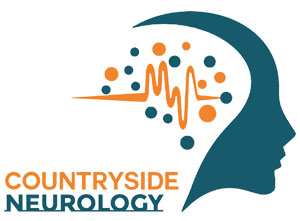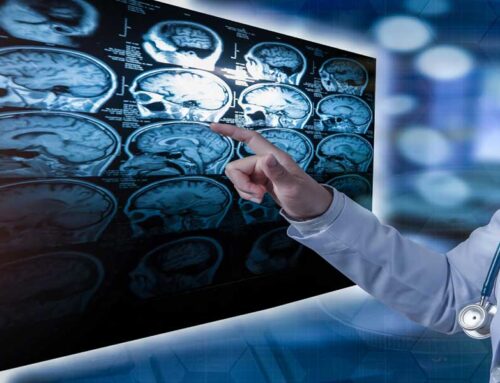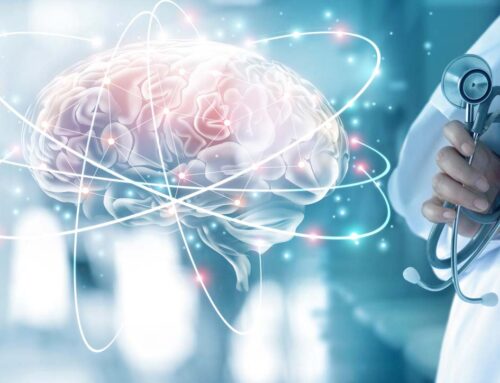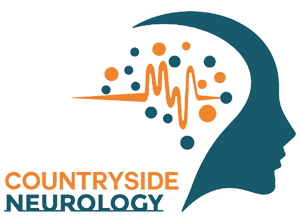A stroke can have a profound impact on an individual’s physical abilities, often leading to paralysis, muscle weakness, and difficulty with coordination or balance. While the road to recovery may seem daunting, physical therapy plays a pivotal role in helping stroke survivors regain independence and improve their quality of life.
Understanding the Impact of Stroke
When a stroke occurs, blood flow to the brain is disrupted, leading to damage in areas that control movement, speech, and cognition. Depending on the severity and location of the stroke, individuals may experience challenges such as:
- Hemiparesis (weakness on one side of the body)
- Spasticity (increased muscle tone)
- Difficulty walking or maintaining balance
- Loss of coordination
- Reduced range of motion in joints
These challenges can limit daily activities, but with early intervention and a tailored rehabilitation plan, significant improvements are possible.
How Physical Therapy Aids Stroke Recovery
Physical therapy focuses on restoring movement, strength, and functional abilities through a combination of exercises and interventions. Here’s how it supports stroke recovery:
- Restoring Mobility:
Physical therapy helps patients relearn movements affected by the stroke. Therapists use techniques to improve walking ability, balance, and coordination, enabling patients to regain independence in daily activities. - Strengthening Muscles:
Weakness in the arms, legs, or core is common after a stroke. Targeted exercises aim to rebuild muscle strength and improve endurance, helping patients regain control over their movements. - Improving Balance and Coordination:
Strokes often affect the body’s ability to maintain balance. Therapists work on balance exercises to reduce the risk of falls and enhance confidence in movement. - Managing Spasticity:
For patients with spasticity, therapists employ stretching techniques, splints, or even botulinum toxin (Botox) injections to reduce muscle stiffness and increase range of motion. - Enhancing Neuroplasticity:
Physical therapy takes advantage of the brain’s neuroplasticity—the ability to reorganize and form new neural connections. Repeated exercises and movements encourage the brain to adapt and recover lost functions. - Promoting Independence:
Beyond physical improvements, therapy sessions focus on practical skills, like transitioning from sitting to standing or using assistive devices. This helps patients rebuild confidence in their ability to perform everyday tasks.
Techniques Used in Stroke Rehabilitation
Physical therapists use a variety of techniques and tools, such as:
- Gait Training: Exercises to improve walking ability, often involving treadmills or balance bars.
- Constraint-Induced Movement Therapy (CIMT): Encourages the use of an affected limb by restricting the unaffected one.
- Functional Electrical Stimulation (FES): Uses electrical impulses to stimulate weakened muscles.
- Aquatic Therapy: Water-based exercises reduce strain on joints and improve strength.
Why Early Intervention Matters
Starting physical therapy as soon as possible after a stroke maximizes recovery potential. Early intervention helps prevent secondary complications like joint stiffness, muscle atrophy, and blood clots. While progress can continue months or even years after a stroke, early therapy lays the foundation for long-term recovery.
Physical Therapy at Countryside Neurology
At Countryside Neurology, we understand the challenges stroke survivors face. Our team collaborates with patients to create personalized rehabilitation plans, incorporating physical therapy, EEG, EMG, and other advanced diagnostics to optimize recovery. Whether you’re in the acute stages of recovery or seeking long-term support, we’re here to guide you every step of the way.
Take the First Step Toward Recovery
Recovery after a stroke is a journey, but you don’t have to walk it alone. If you or a loved one has experienced a stroke, contact Countryside Neurology at 727-712-1567 or visit us at 2595 Tampa Rd Suite V&W, Palm Harbor, FL 34684 to schedule a consultation.





